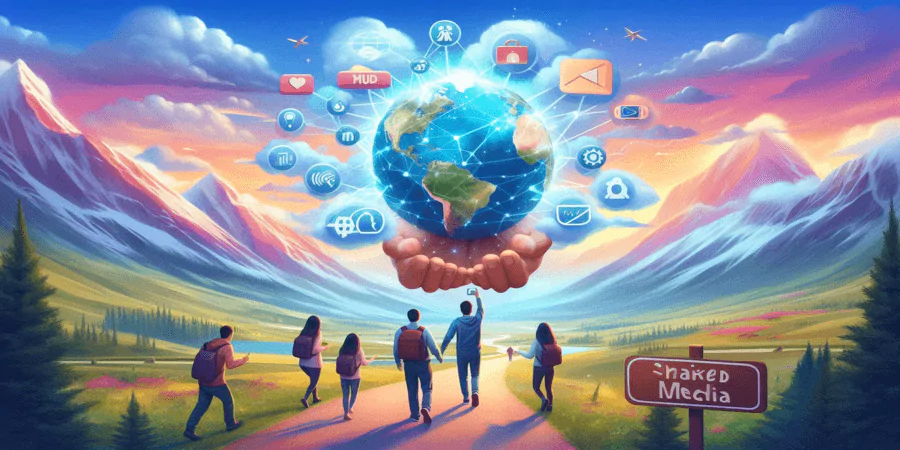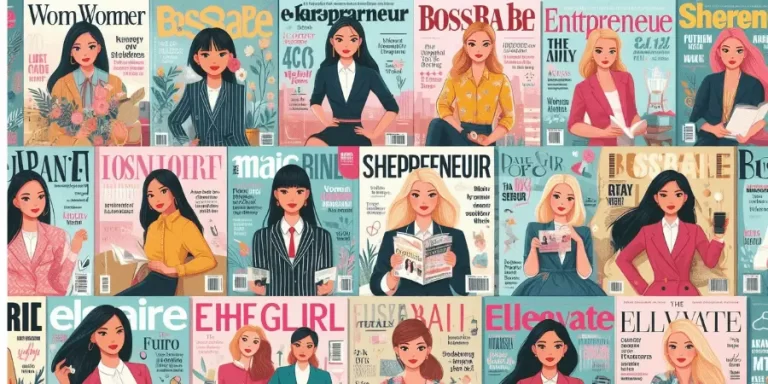In the fast-paced world of digital marketing and communications, shared media has become a crucial element of the media ecosystem. Shared media, which includes content shared across social networks and other platforms by users, plays a pivotal role in amplifying messages, engaging audiences, and building communities. This article explores the definition of shared media, its benefits, and offers examples to illustrate its impact.
Definition of Shared Media
Shared media refers to content distributed and circulated by users across social media platforms and other digital channels. Unlike paid media (advertising) or owned media (content created and controlled by a brand), shared media is generated through user interaction and engagement. It encompasses:
- Social Media Posts: Content shared on platforms like Facebook, Twitter, Instagram, LinkedIn, and TikTok.
- User-Generated Content (UGC): Content created and shared by users, such as reviews, testimonials, photos, and videos.
- Viral Content: Posts, videos, or memes that spread rapidly through sharing, often achieving widespread reach.
Shared media is a dynamic and interactive form of communication that relies on the organic spread of information among users, making it a powerful tool for reaching and engaging diverse audiences.
Benefits of Shared Media
Shared media offers numerous advantages that can significantly enhance a brand’s marketing and communication efforts. Here are some key benefits:
1. Amplified Reach
One of the most significant benefits of shared media is its potential to amplify reach. When users share content with their networks, it can quickly spread beyond the original audience. This organic distribution can lead to exponential growth in visibility, reaching people who may not have encountered the content through traditional channels.
2. Enhanced Credibility
Shared media often carries higher credibility than paid or owned media. When users share content, it comes with an implicit endorsement. People tend to trust recommendations and information shared by friends, family, and peers more than content directly from brands. This peer-to-peer sharing can enhance the perceived trustworthiness and authenticity of your message.
3. Increased Engagement
Content shared by users tends to generate higher levels of engagement. Shared media often prompts likes, comments, shares, and discussions, creating a sense of community and interaction. This engagement not only increases the visibility of your content but also fosters a deeper connection with your audience.
4. Cost-Effective Marketing
Shared media is a cost-effective way to extend your reach and impact. Unlike paid advertising, which requires ongoing investment, shared media leverages the power of user networks without direct costs. By creating compelling content that encourages sharing, you can achieve significant results with minimal financial outlay.
5. SEO Benefits
Shared media can also positively impact your search engine optimization (SEO) efforts. When your content is shared widely, it generates backlinks and social signals that can improve your website’s search engine ranking. Increased visibility and engagement can drive more traffic to your site, further enhancing your online presence.
Examples of Shared Media
To illustrate the power of shared media, let’s explore a few examples that highlight its impact:
1. Viral Campaigns
Viral campaigns are a classic example of shared media. One notable instance is the “Ice Bucket Challenge” that went viral in 2014. Originally launched to raise awareness and funds for ALS research, the campaign involved participants dumping a bucket of ice water over their heads and nominating others to do the same. The challenge quickly spread across social media, generating millions of views, shares, and donations.
2. User-Generated Content (UGC)
User-generated content is a cornerstone of shared media. A prime example is Starbucks’ “White Cup Contest” in 2014. Starbucks encouraged customers to decorate their white coffee cups and share photos on social media using a specific hashtag. The contest generated thousands of entries, with users eagerly sharing their creative designs. This UGC campaign not only engaged customers but also provided Starbucks with a wealth of authentic content to showcase.
3. Social Media Challenges
Social media challenges often gain traction through shared media. The “Mannequin Challenge” in 2016 is a perfect example. Participants would freeze in place while a video was recorded, often set to music. The challenge spread rapidly across platforms like Instagram, Twitter, and Facebook, with users sharing their creative takes. This phenomenon demonstrated how shared media could turn a simple concept into a global trend.
Strategies for Leveraging Shared Media
To effectively leverage shared media, consider the following strategies:
- Create Shareable Content: Develop content that resonates with your audience and encourages sharing. This could include interesting articles, eye-catching visuals, entertaining videos, or interactive posts.
- Encourage User Participation: Foster user-generated content by running contests, challenges, or campaigns that invite users to create and share their own content related to your brand.
- Engage with Your Audience: Actively engage with users who share your content. Respond to comments, acknowledge shares, and participate in conversations to build a sense of community.
- Utilize Hashtags: Use relevant hashtags to increase the discoverability of your content and make it easier for users to find and share.
Conclusion
Shared media is a powerful and dynamic component of modern communication strategies. By understanding its definition, benefits, and examples, brands can harness the potential of shared media to amplify their reach, enhance credibility, increase engagement, and achieve cost-effective marketing success. In a world where peer-to-peer sharing and user-generated content are increasingly influential, leveraging shared media effectively can drive significant results for your brand.





